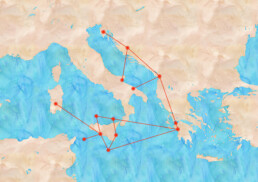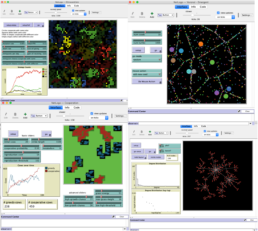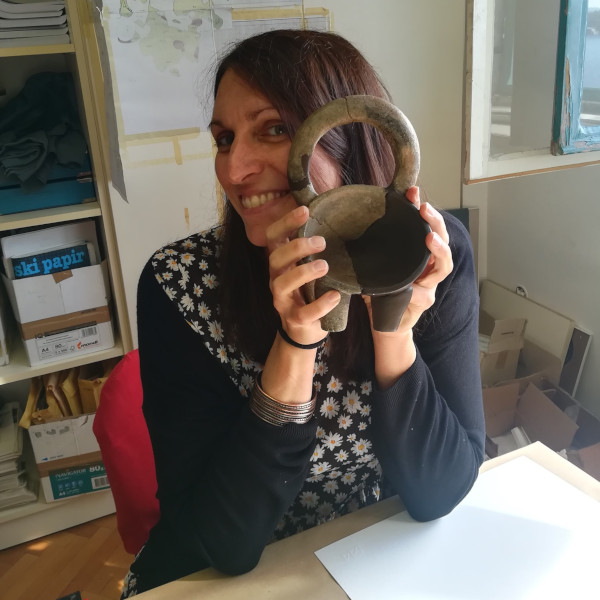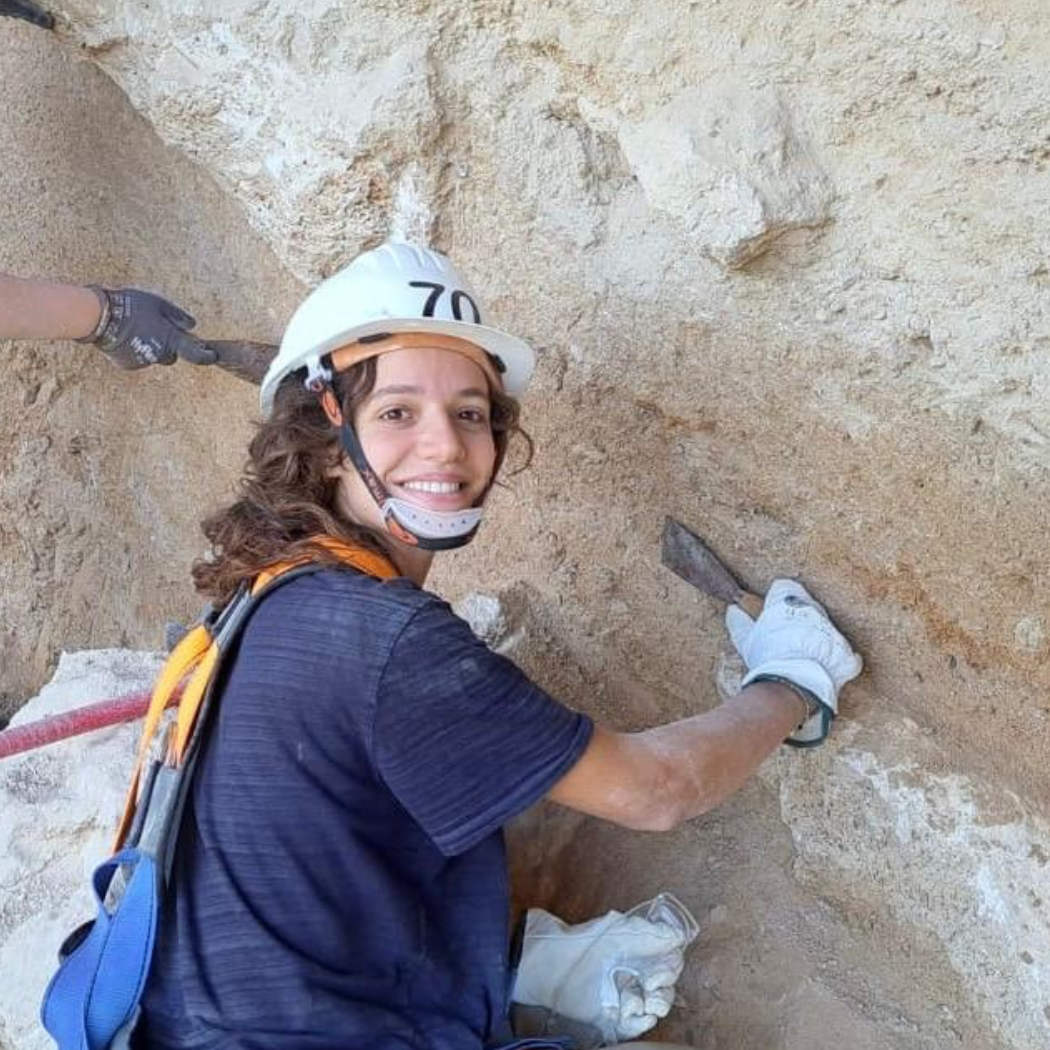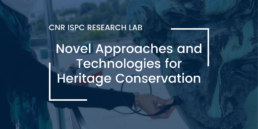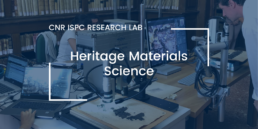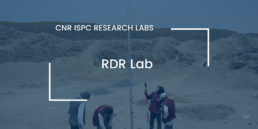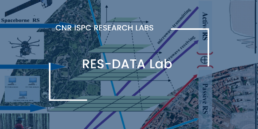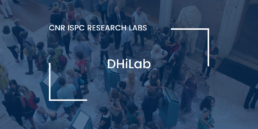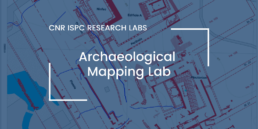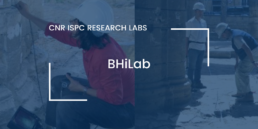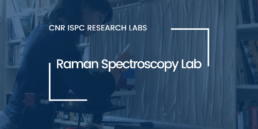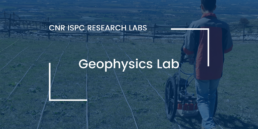Agent-based Modelling, Geographic Information System, Network Analysis, Computational Archaeology
MAD-Lab | Modelling Archaeological Data. Laboratory for Behavioural and Computational Archaeology of the Ancient Mediterranean
The purpose of the MAD-Lab is to investigate and understand the behaviour of archaeologically-explored societies in the Mediterranean Basin, with a particular focus on the Central Mediterranean (Italian and Balkan peninsulas, the Aegean). The MAD-Lab promotes and implements the application of Geographic Information System, Agent-based Modelling, and Network Analysis to the Mediterranean Prehistory (6th – 1st mill. BC).
The MAD-Lab was established on a cooperation linking the CNR ISPC and the Laboratory of Agent-Based Social Simulation (LABSS) within the CNR - Institute of Cognitive Sciences and Technologies (CNR ISTC).
MAD-Lab: a hub of interdisciplinary knowledge
The MAD-Lab represents a hub of interdisciplinary knowledge and acts as an intermediary between archaeologists and researchers from other disciplines interested in deep history and deep-time perspectives in human behaviour.
Methodologies
The MAD-Lab pursues these main overarching research goals:
1) Design, realization, and implementation of a framework to store, manage and share formalized archaeological data.
2) Application of computational approaches to archaeology aiming at understanding social complexity.
3) Use of archaeological data to answer research questions regarding human behaviour and its evolution in the Mediterranean.
Staff MAD-Lab
ISPC
ISTC
Giulia Andrighetto, Federico Cecconi, Andrea Giudo, Eugenia Polizzi di Sorrentino, Mario Paolucci, Eva Vriens, Daniele Vilone
How to contact us
madlab@ispc.cnr.it
Projects and Research activities
The GeoMed is a flexible tool created to manage easily standardizable archaeological information that defines a context at macro-scale (e.g. location of a site, morphological description of sites, absolute chronology, relative chronology, etc), and when considered appropriate at micro-scale (e.g. structure within a site, function of an object etc.).
This GeoMed is conceived as continuously growing system, and therefore designed as a long-term project. The database will offer the opportunity to scholars interested in Mediterranean Prehistory to compare data, use sub-sets of information to perform analysis, or to simply access complex knowledge. The first two areas whose archaeological evidence is being systematically organised in the database are the Bronze Age sites of Italy, the Aeolian Islands, Sicily, and the Western Balkans.
During the 3rd millennium BC, people across Europe started using an international suite of novel material culture, whose rapid and widespread transmission is still debated. Research on human aDNA showed that changes in the European gene pool occurred in association with these supra-regional expansionistic phenomena, indicating migration as triggering factor.
Through a combination of material analysis, GIS, graph theory and computational models this project will appreciate and explain the reasons behind the 3rd millennium BC human movement in the Central Mediterranean. By applying Agent-based Modelling (ABM), behavioural decisions and their nexus to short- and long-range mobility will be tested, and an explanation sought for the influences that different factors had upon the mobility response.
ABM will allow us to develop formalized models based on information from highly complex excavated sites, capturing essential properties in a highly abstract and yet spatial manner. ABMs emphasize how actions by individuals combine to produce global patterns and provide a convenient framework for developing quantitative models of historical social processes. The application of ABM to archaeology allows to test theory-driven hypotheses against archaeological data.
For further information on ISPC research activities click the button.
